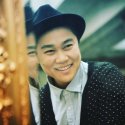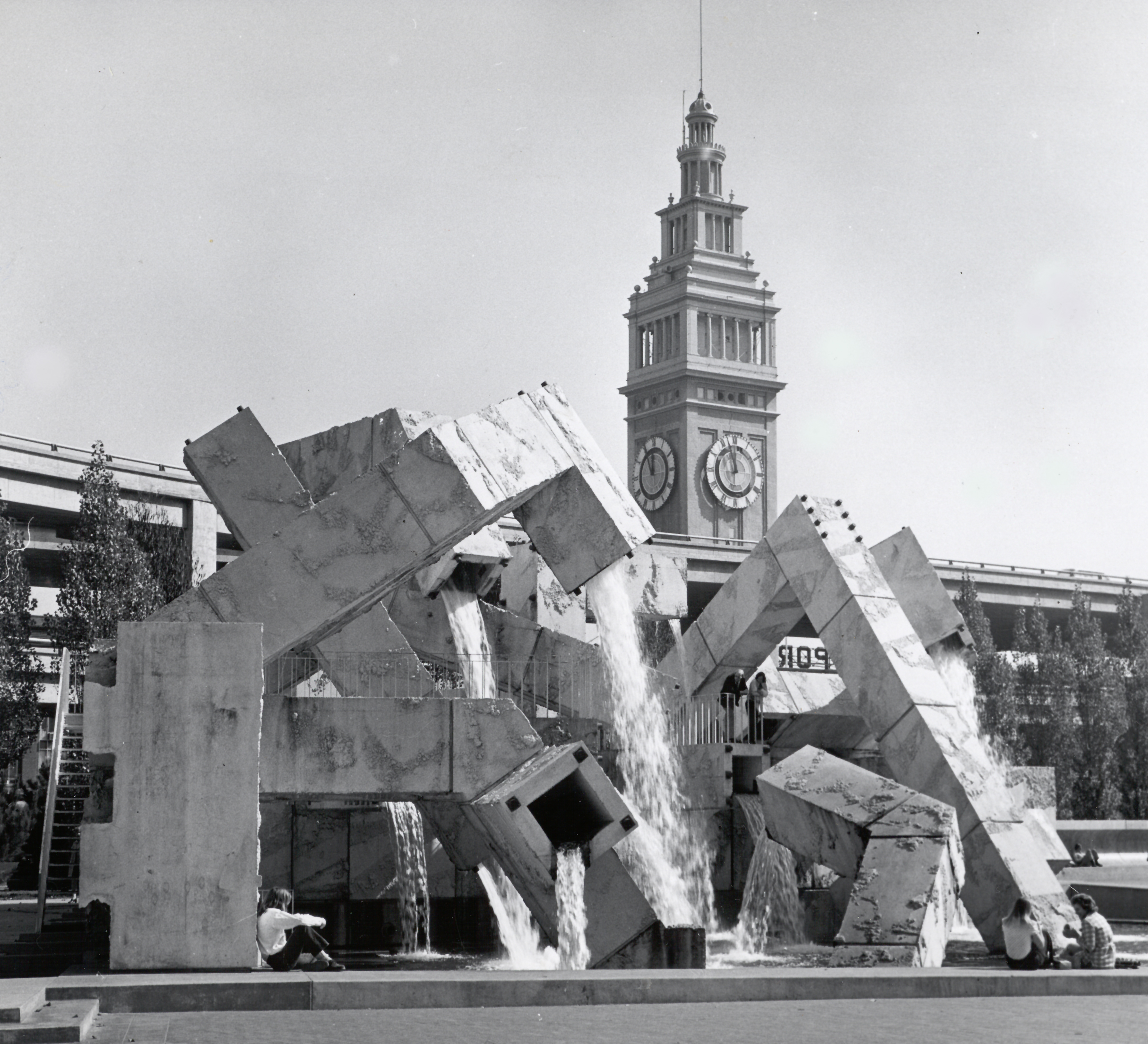
Art as a Human Right
By Michelle Meow
For centuries, art has been intrinsically linked to freedom and liberation, and examples of that can be found from Picasso’s “Guernica,” a picture of the horrors of the Spanish Civil War that then became a symbol of peace and protest, to the U.S. Civil Rights Movement through murals, photographs, poems and more.
The Chinese Culture Center of San Francisco (CCC) was founded during the Civil Rights Movement in 1965, so this year it is celebrating its 60th anniversary. CCC began its work during a time when the U.S. had lifted restrictions on certain immigrant groups — such as the Chinese — but it was also a time of politically driven racist campaigns. McCarthyism was still in the air, so being Chinese could mean being questioned and possibly being accused of communism.
Saying history is repeating itself is a broken record these days, while it's more of a matter of broken policies and attitudes that have continued on for generations. But for the CCC, it has been 60 years of building a coalition against racism and xenophobia through art and expression, all while sharing Chinese culture and influence. Today, the organization is led by leaders inclusive of the LGBTQIA+ community and youths who are committed to the original mission of the organization that started six decades ago, as they use a more holistic approach to connect the world to Chinatown, San Francisco — not just for art and Chinese culture, but for human rights.
With news from the current administration and efforts to cut art programs funding, some might find themselves questioning how they can help or resist these actions to once again silence the arts and freedom of expression. Chinatown might be an answer, if not the example that is paving the way for all of us to survive. The CCC’s theme this year is “Shape the Future, Shift the Landscape,” alluding to the idea that the organization has a supernatural power to resist, adapt and shift through the many different political landscapes in its 60-year history.
In May, kicking off Pride season during “QTAPI Week” (Queer Trans Asian Pacific Island Pride Week, one of the first in the country), the CCC partnered with Edge on the Square, an innovative art hub consisting of multiple community organizations, to co-present Chinatown Pride. This year’s theme was “We Are Immortal,” another nod to Chinese culture of supernatural existence and abilities to fight back against all the dangers one encounters. Activities included a procession throughout Chinatown led by LGBTQIA+ Asian drag queens and leaders (the GLBTQ+ Asian Pacific Alliance) that ended at the pedestrian bridge in a silent disco party.
“Chinatown Pride is a small glimpse of a culturally affirming space that is not just about representation. It’s an embodiment and idea that Chinatown is intrinsically Queer,” said Hoi Leung, deputy director and curator of the CCC. For context, Leung was referring to the protest activities after the San Francisco 1906 earthquake when city officials tried to move Chinatown. The community responded by claiming their space, their tactics including art shows and performances where people wore costumes. In contemporary times, that would include drag.
When asked if Chinatown Pride was fully accepted intergenerationally within the neighborhood, especially by its non-LGBTQIA+ community members, Leung was excited to share examples of how 60 years of coalition building has led to this moment of full inclusion and celebration.
Through its various partnerships with organizations such as Chinese for Affirmative Action, CCC has worked to build sustainable infrastructure for its community. That includes affordable housing, educational programs, art exhibits, a design store featuring community artists and writers (such as 41 ross), and others. CCC partner Edge on the Square, the year-round contemporary art hub that supports activists, artists, designers, educators, entrepreneurs, scholars, and technologists is a big player in community education.
Upcoming events and programming will shed more light and provide examples of how CCC is leading the way for human rights. In August, the organization will host its 3rd annual “Hungry Ghost Festival,” a tradition that dates back to the mid-1800s to the early 1900s, when Chinese immigrants would perform a “hungry ghost” ritual to pacify the angry spirits that lingered between the living and spiritual realms. Those days, it was also a way to address the wrongful deaths of Chinese migrant railroad workers. This year’s theme “Demons of our Time” is perhaps a time to call out the current demons affecting us all today.
Though that sounds a bit solemn as far as historical context, the CCC’s "Hungry Ghost Festival" will be empowering and spiritually uplifting. There will be lively performances, marketplaces and processions. Being eco-conscious, the festival will not burn paper like they did previously to tame the angry spirits. And you can enjoy a copy of “Demons Yearbook,” an art project connecting educators with young artists.The artists call out their demons as a method to confront today’s injustices through a healthy way to release the mental and emotional struggles.
With the political landscape changing very quickly and with many of us adversely impacted, it’s important to find spaces where we can be whole, healthy and happy. Find neighborhoods, people, clubs, churches — find spaces where you are fully affirmed for all that you are. Art is a human right.
→ The Chinese Culture Center is celebrating its 60 year anniversary with a gala in the Fall.
Find out more — or make a tax-deductible donation — online at cccsf.us
Main image: Chinatown Pride Flag at OUT Museum: A Chinese Queer Museum Prototype by Xiangqi Chen, 41 Ross Artist Residency, 2023. Courtesy CCC.



